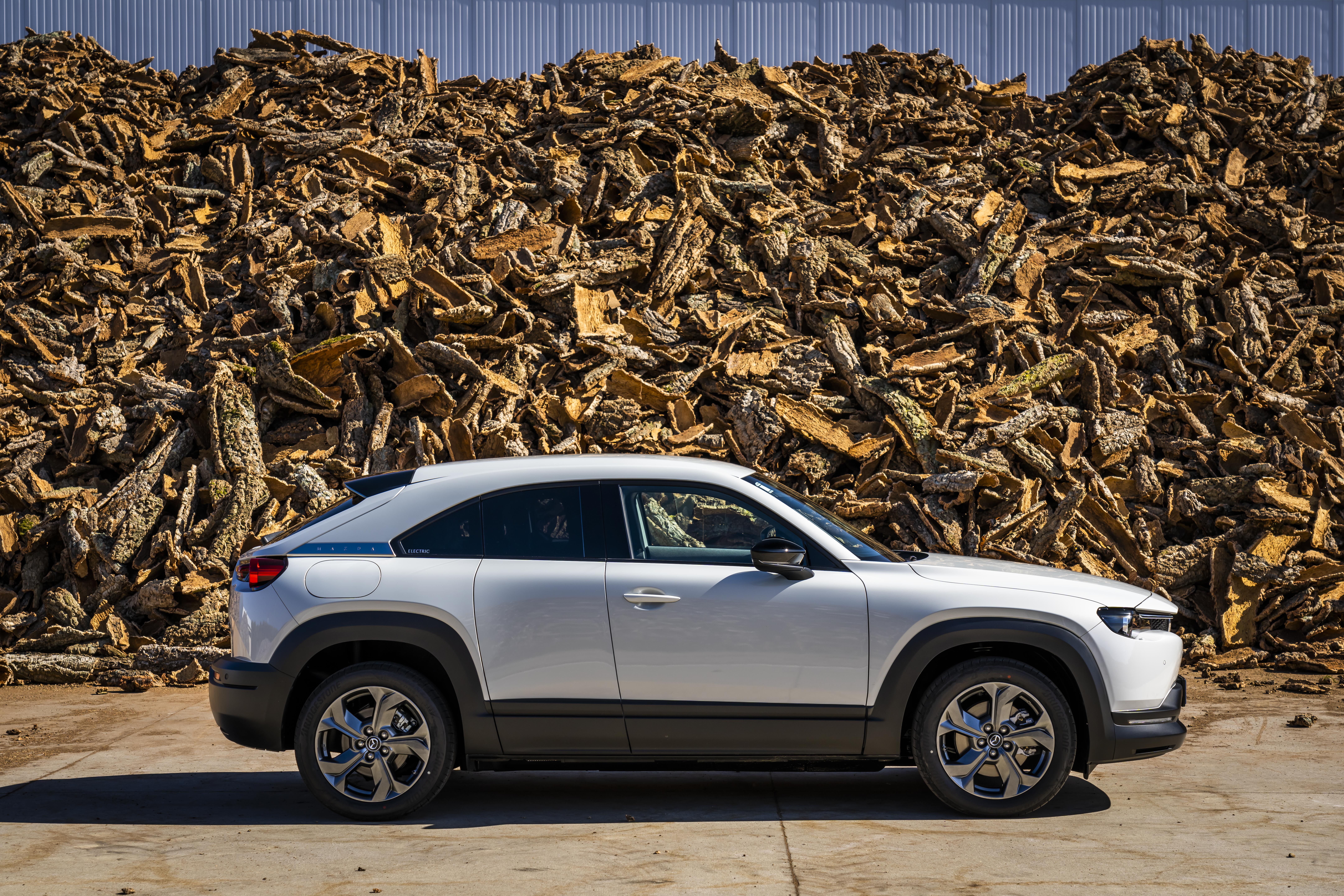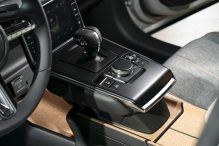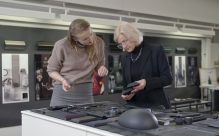As far as materials go, cork has always been close to Mazda’s heart. More than 100 years ago, the company started out as a manufacturer of cork products, called Toyo Cork Kogyo in 1920. At the time, cork oaks were in abundance in the region around Hiroshima, while the local shipbuilding industry represented a buoyant source of demand for cork products. Although Mazda dropped its cork business in 1934, that past is still present in the hearts and minds of employees today. What better time to pay homage to this rich heritage than with the launch of the Mazda MX-30, the company’s first all-electric model that represents a bold step into the company’s sustainable future.
As Mazda’s first fully electric vehicle, the MX-30 represents an important step towards the company’s multi-solution approach to sustainability. Featuring a 35.5 kWh lithium-ion battery, the model is not only locally emissions-free – it also keeps the vehicle’s overall carbon footprint to a minimum, as significantly less CO2 is emitted during the production process. Furthermore, the model features a range of innovative and sustainable materials, from vegan leather to fibres made from a breathable material generated from recycled PET bottles and, of course, cork.
“We applied cork to the car where usually rubber is used: In the centre console and inner door handles. This brings the visual and tactile warmth of nature into the vehicle,” says Jo Stenuit, Design Director at Mazda Motor Europe. But optics isn’t the only reason cork emerged as the standout-material in the MX-30. Compared to rubber, cork is a more sustainable and highly functional option in more than one regard.
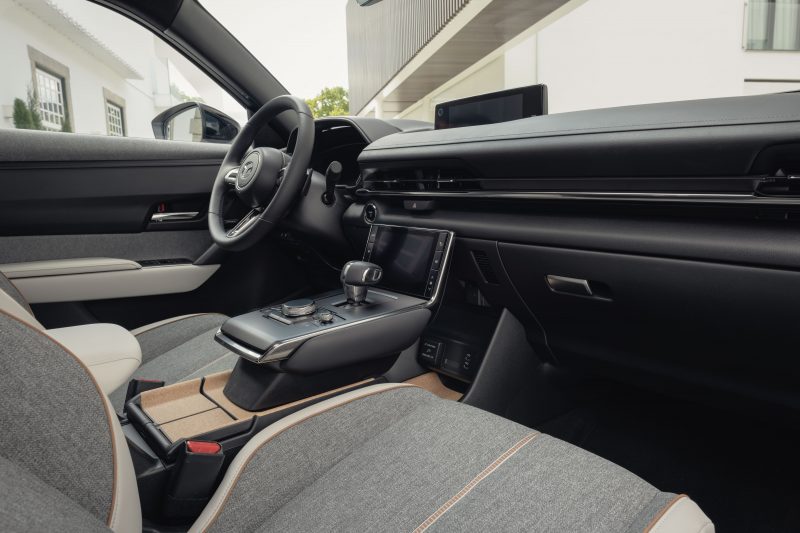
Durable, comfortable, sustainable
In comparison to other natural materials, cork is certainly one of the most versatile and environmentally friendly options available. It is derived from the bark of cork oak trees without causing any damage to the plants themselves. Only this particular kind of tree features a regenerative bark, meaning that once stripped of its outer shell, the tree will fully reproduce the protective layer without suffering negative side effects. Usually, a cork oak will grow for 25 years completely undisturbed before the first harvest. From then onwards, an individual oak plant will be harvested every nine years. With increased age, the quality of the bark and the resulting cork products also increases – for example, for high-quality bottle stoppers only bark from trees that are at least 40 years old can be used.
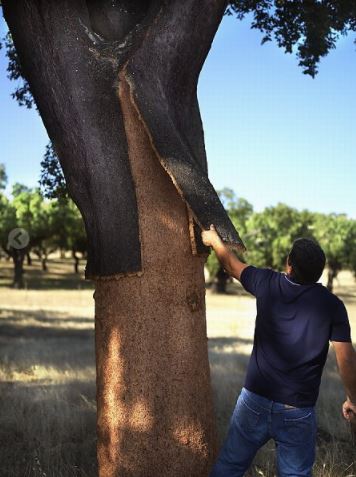
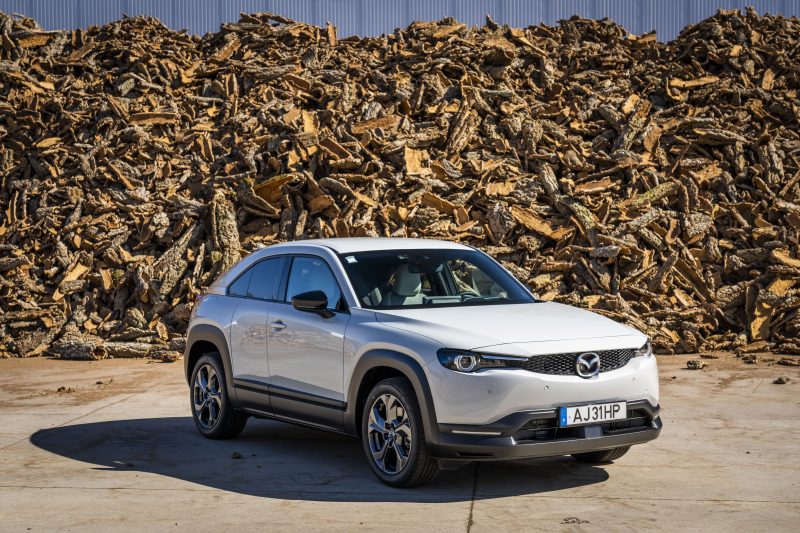
All the while, the cork oak forests spanning 2.2 million hectares of the Mediterranean region between Portugal and Tunisia are a natural habitat for over 200 different species and are considered one of the world’s 36 biodiversity hotspots. The forests also serve as huge CO2 sinks, with one hectare of cork retaining 14.7 tons of the harmful gas per year. The result? Cork is one of the few materials to boast a negative carbon footprint and significantly more CO2 is captured than is emitted during the production of the material.
Cork is therefore perfectly in line with the sustainability vision expressed in the Mazda MX-30 – but that is not all that this wonder material can do. Cork is also virtually impermeable to liquids and gases and shows a high friction-resistance. This is due to the special honeycomb cell structure of cork, as well as a substance called suberin, which makes up about 45 per cent of the material. Naturally hydrophobic, it acts as a sealant against water penetration and other liquids. Characteristics that are essential for automotive interior applications, where materials will often be in use for many years. Suberin also helps with excellent thermal and acoustic insulation and even makes cork hypoallergenic – another great plus for the use in a vehicle cabin. Furthermore, cork is exorbitantly light, as 60 per cent of its overall mass consists of gas – with only 0.16 grams for cm2, the natural material outperforms many established plastics and rubbers. The natural texture and pliability, meanwhile, provide a warm and pleasant touch, making it a perfect design highlight and point of contact for occupants of the MX-30.
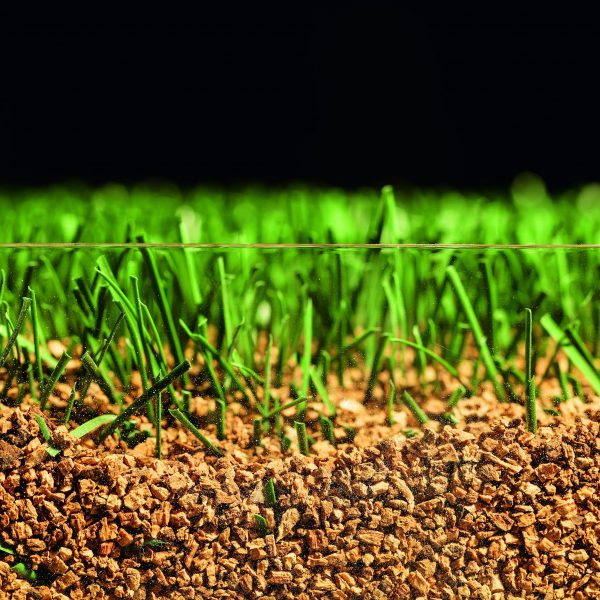
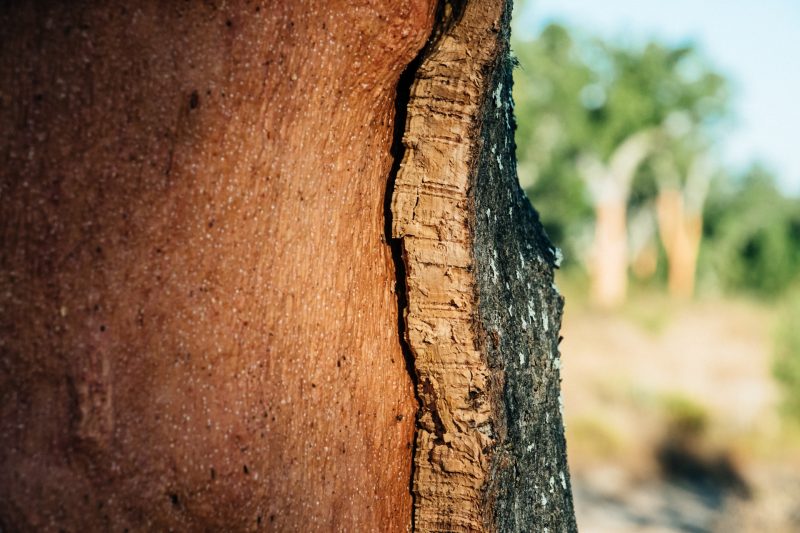
Mazda and Amorim: Taking sustainability to the next level
All these characteristics make cork an excellent base material for automotive applications. Before the material could find its way int the Mazda MX-30, however, a few extra steps were necessary along the way. As most natural materials, cork is available in many different grades and qualities – and the technical requirements set by Mazda engineers were high. “The interior can be a very harsh environment. For example, ultraviolet rays infiltrating the cabin can degrade cork over time,” explains Youichi Matsuda, Chief Designer for the MX-30. And as the model is the first mass-produced car available in Europe that uses cork, example cases were scarce.
With Amorim Cork Composites, a subsidiary of one of the world’s largest cork producers, Mazda found a partner that could ensure the quality and functionality the product team was looking for. Located in the Portuguese Douro Valley, a UNESCO World Heritage site, the manufacturer not only produces high-quality cork but is also committed to a sustainable business model along the entire value chain. Applying the principles of the circular economy, the company has implemented an integrated production process that allows and promotes the reuse of all by-products associated with cork processing. Thus, 60 per cent of the company’s energy needs are met with biomass energy generated from cork dust, a side product of the production process. And wherever possible, cork is recycled or reused in other applications – as is also the case for the collaboration with Mazda.
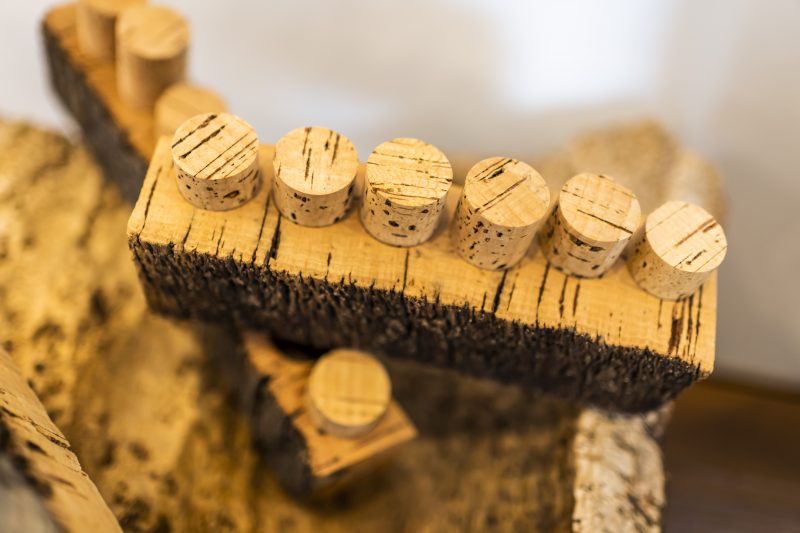
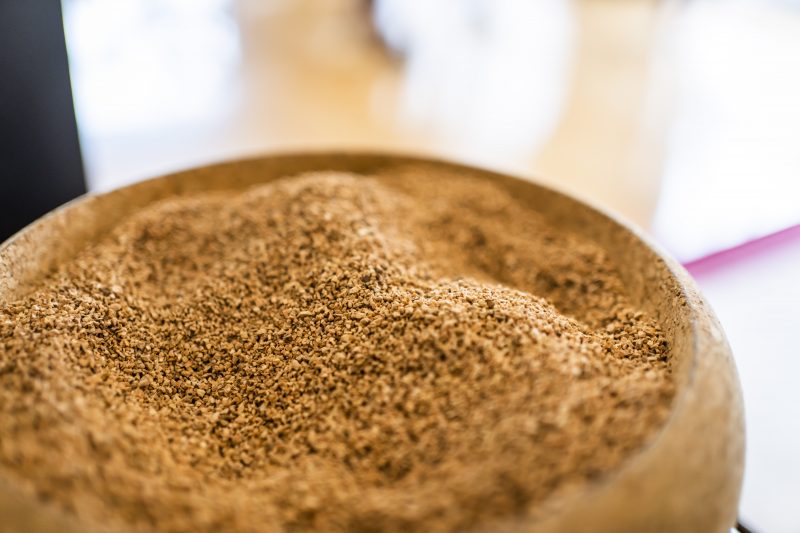
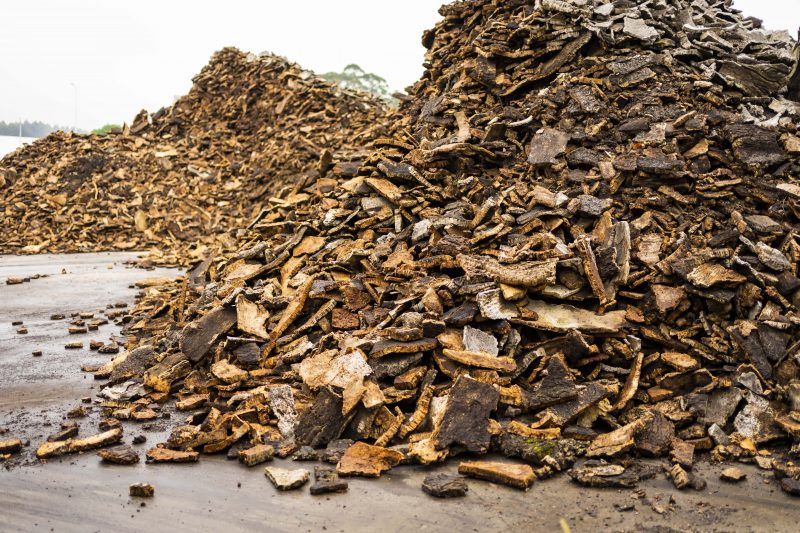
The cork used in the MX-30 is made from cork scraps and surplus bits that accumulate during the production of bottle stoppers. This also means that only the highest-quality cork, harvested from trees that are at least 40 years old, finds its way into the vehicle. The cork is then granulated and formed into one continuous material with the help of different binding agents. To achieve the tactile, aesthetic and performance characteristics on display in the MX-30, the composite cork goes through an elaborate refining process. For example, a special coating and base material are used to ensure special durability and resistance to UV rays.
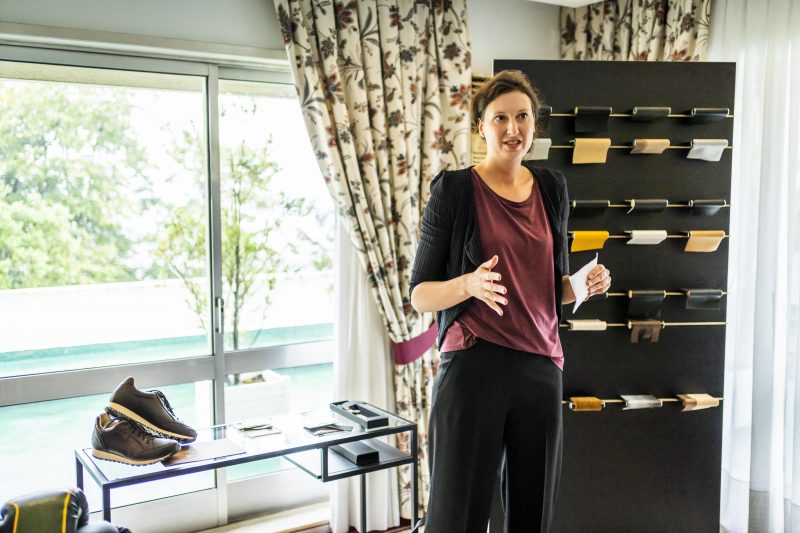
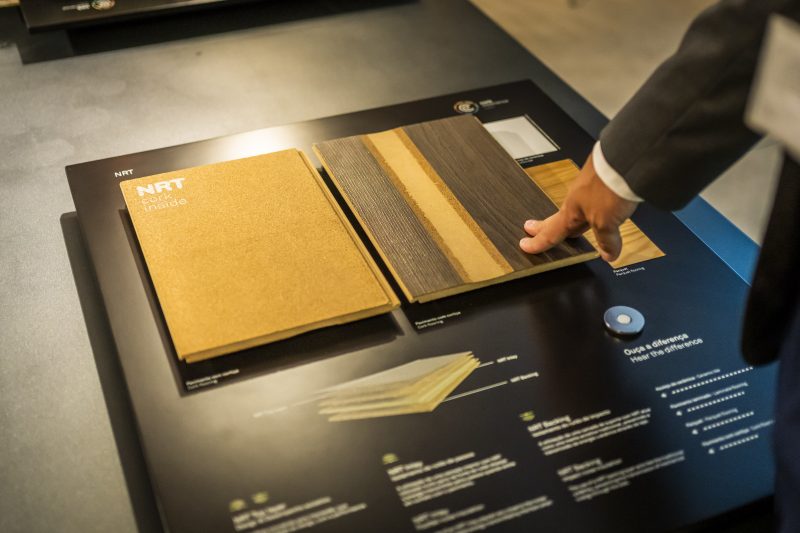
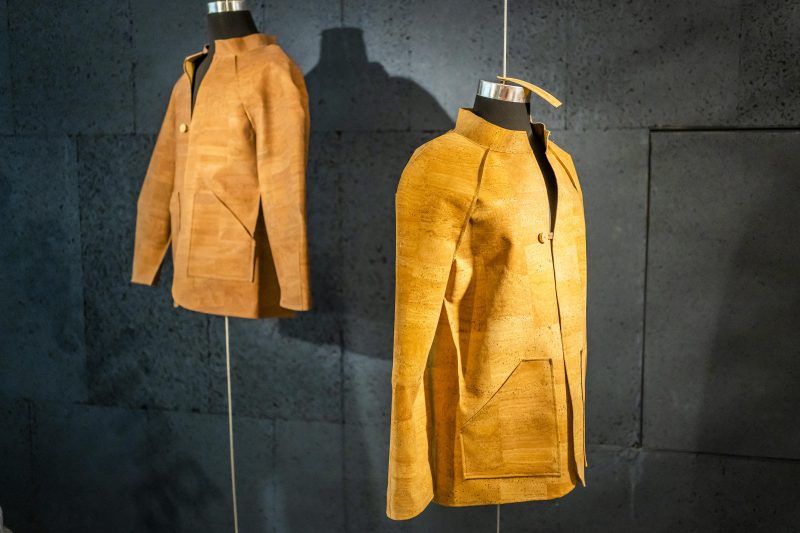
Together, the two companies have succeeded in creating a cork composite that is suitable for the high requirements inside a vehicle cabin space, while making the most of the outstanding characteristics that naturally come with this wonder material. And this might just be the beginning: “Cork still holds a lot of potential for the automotive industry,” says Sandra Höner zu Bentrup, Senior Colour and Material Designer at Mazda Research Europe. “We are only just scratching the surface of what we could do with this material.”

